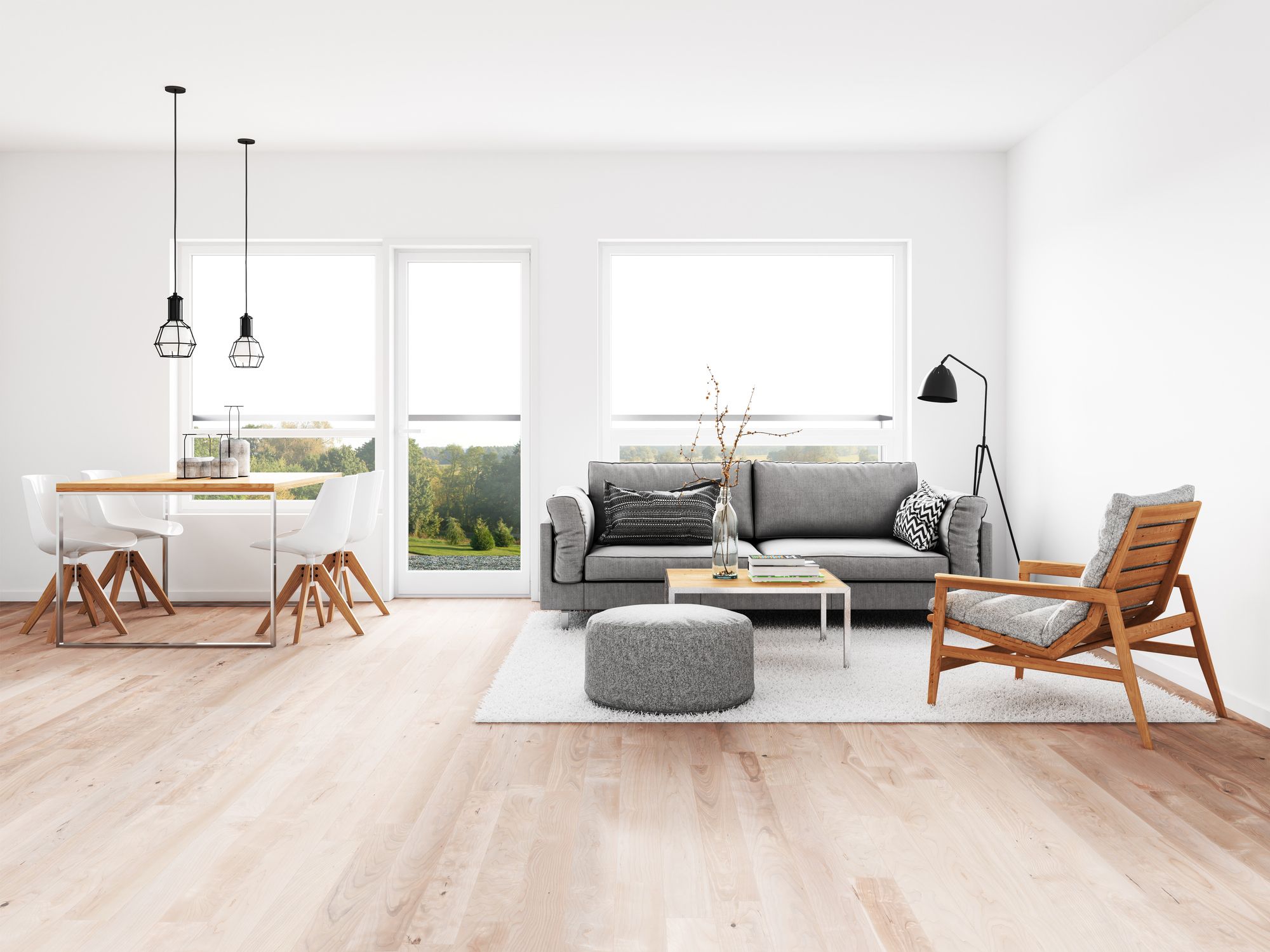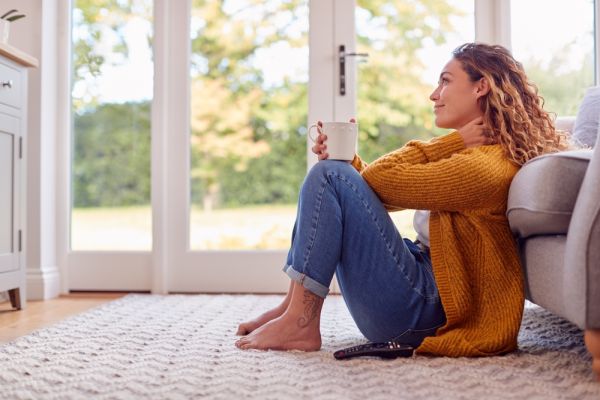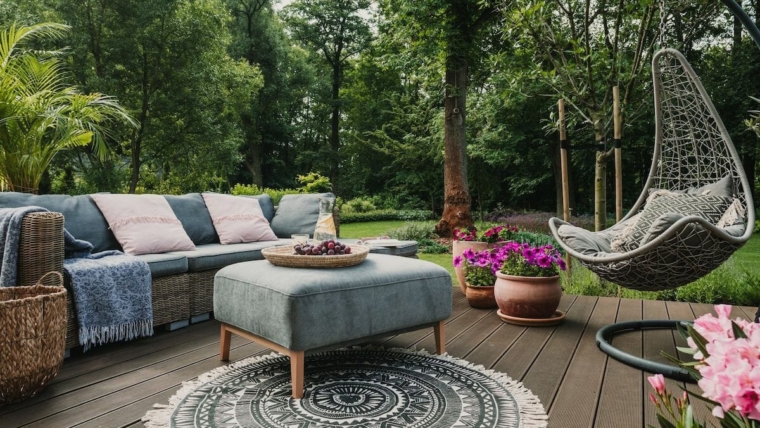
You walk into your home and feel overwhelmed. Clutter spills from every surface, closet, and corner. Navigating from room to room means sidestepping piles, cluttered countertops, and bursting cupboards. Your space feels small, cramped, and chaotic. What if there was a better way? A minimalist lifestyle could be the answer. With some thoughtful decluttering and intentional design, you can transform your home into a peaceful oasis. Your space will instantly feel lighter, more open, and serene. Discover how embracing minimalism can help you reduce stress, focus on what matters, and make the most of your square footage. Small changes can lead to big rewards when you declutter your life and living space. Get ready to breathe deep and make room for what really counts.
The Principles of Minimalism and How They Create Space
To live minimally means embracing the principles of simplicity, functionality, and space. Your home will benefit from less clutter and a purposeful design.
First, reduce excess stuff. Go room by room and purge anything you do not need or use. Donate or throw away knickknacks, outdated electronics, and unnecessary furniture. A minimal space should only contain things that serve a purpose or bring you joy.
Next, choose multi-purpose furniture. A sofa bed, storage ottoman, or nesting tables are perfect for small spaces. They provide function for your daily needs but can also be tucked away when not in use.
Finally, keep surfaces clear. A cluttered table or counter visually crowds your space. Designate spots for keys, mail, charging stations and wipe down surfaces regularly. An uncluttered area makes any room appear more spacious.
With less clutter and purposeful choices, your home will feel open and calming. A newfound appreciation for the essentials in life helps shift your mindset to value experiences over excess stuff. Now isn’t that space and freedom worth striving for?
:max_bytes(150000):strip_icc()/home-organization-stores--029e23f797e5434b8466206423d22a53.jpg)
Tips for Decluttering and Organizing Your Home Minimally
A minimalist home feels open and spacious. To achieve this blissful lack of clutter, you need to declutter and organize what’s left. Where to begin?
Start with one space or one drawer at a time. Go room by room and get rid of anything you do not need or use. Be ruthless – if you haven’t used it in a year, toss it. Donate or recycle what you can.
Group similar items together and store them out of sight. Use matching baskets, bins and boxes to corral smaller items. Having a place for everything makes your space feel ordered and serene.
Keep surfaces clear. A minimalist home has bare tables and counters, free of knickknacks and excess decor. Store items you need to keep but don’t use daily in closets or cabinets.
Once you’ve pared down your belongings, develop habits to avoid accumulating more clutter. Buy only what you need and be very selective about what comes into your home. A minimalist lifestyle takes constant maintenance but the rewards of a simple, uncluttered space are well worth the effort.
Your home should be a sanctuary that calms and rejuvenates you. By removing excess belongings and keeping what’s left well organized, you’ll turn your living space into a minimalist oasis. Your less cluttered, simplified home will feel more spacious and help you achieve a sense of peace.

Design Ideas to Maximize Minimalism in Every Room
To make minimalism work in your home, apply some key design principles in each space.
In the living room, keep furnishings sparse and multipurpose. A sofa, loveseat or a couple of chairs are enough for seating. Choose a coffee table that does double duty, with storage or that can serve as a desk. Keep decor simple – a few plants, artworks or sculptures make a bold statement without clutter.
For the bedroom, pare down to the essentials. A bed, nightstands and dresser or armoire should make up the bulk of the furniture. Select bedding, linens and decor in a neutral, minimalistic color palette. Keep surfaces clear by storing items in the furniture.
In the kitchen, minimize countertop appliances and gadgets. Choose cabinetry with hidden storage for a decluttered look. For open shelving, keep only the most used items on display. A kitchen island provides hidden storage and a clean lined eating area.
For bathrooms, choose wall-mounted or pedestal sinks to open up floor space. Add storage cabinets and drawers for tucking away necessities. Select a shower curtain or glass doors to contain the shower area. Keep counters clear by storing items in a cabinet or drawer.
Throughout the home, stick to a minimal color scheme of grays, whites and natural wood tones. Remove excess knickknacks, artworks, and plants for a pared down look. Add multifunctional furniture, like ottomans with storage or nesting tables. Keeping a minimalistic home not only looks chic but helps reduce stress and makes your space feel open and airy.
Conclusion
So there you have it. By living with less stuff, you can open up and breathe in your home. It may take some effort at first to declutter and donate unused items. But once you get into the flow of only keeping belongings that bring value and joy, minimalism will feel natural. Your space will feel more spacious and peaceful without clutter weighing you down. When it comes to your home, less can definitely be more. Embrace the freedom that comes with simplicity. Focus on the people and experiences in your life that matter most, not just accumulating things. Decluttering your home is one way to declutter your mind and live more intentionally.



